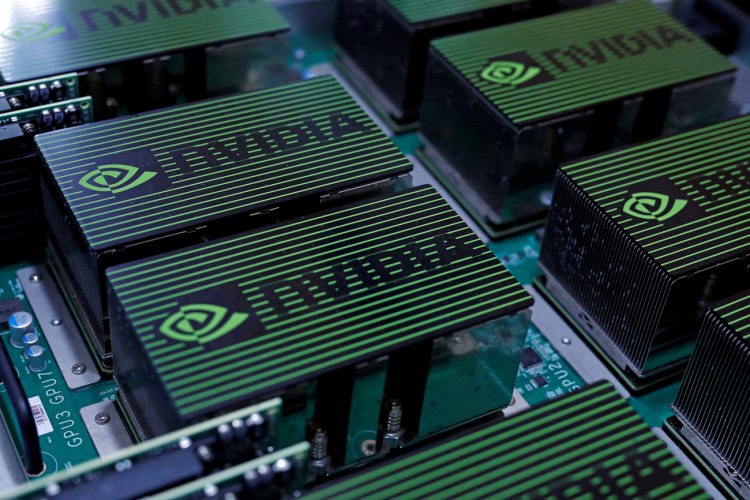In a significant shift in the semiconductor industry, Nvidia and AMD are reportedly working on Arm-based central processing units (CPUs) that could challenge Intel's longstanding dominance in the personal computer market. These developments come amid the rising prominence of Arm-based chips, which are known for their energy efficiency and are commonly used in smartphones.
According to a report from CNBC, Intel's stock dropped by 3% following the news that both Nvidia and AMD were developing these new chips. Intel, which has historically held a significant share of the PC chip market, bases its chips on the x86 instruction set. In contrast, Arm-based chips, such as those used in smartphones, are recognized for consuming less power, a crucial factor for battery-operated devices.
Apple's recent transition from Intel to its in-house Arm processors for its laptop and PC range resulted in a surge in sales and improved battery life for its devices. This move by Apple underscores the potential advantages of Arm-based chips in the PC sector.
Sources familiar with the matter informed Reuters that Nvidia could release its Arm-based PC chip as early as 2025. AMD is also reportedly in the planning stages for its Arm chip. These chips are expected to be compatible with Microsoft's Windows operating system.
However, transitioning software from the x86 instruction set to be compatible with an Arm-based processor can be challenging. While Windows can currently run on an Arm chip, the shift could pose potential hurdles for software developers who have invested heavily in the x86 architecture.
Yahoo Finance further elaborated on Nvidia's endeavors, highlighting that the company, which is a dominant player in the artificial intelligence (AI) chip market, is now setting its sights on Intel's PC market stronghold. This move is part of Microsoft's broader strategy to support chip companies in creating Arm-based processors for Windows PCs, aiming to emulate Apple's success with its Arm-based Mac computers.
Advanced Micro Devices (AMD) is also reportedly planning to produce chips for PCs using Arm technology. Both Nvidia and AMD could potentially introduce their PC chips to the market by 2025. This would place them in competition with Qualcomm, which has been producing Arm-based chips for laptops since 2016.
Microsoft's collaboration with these chipmakers is not merely about transitioning to Arm technology. The tech giant is also encouraging them to integrate advanced AI capabilities into their CPUs. This is in line with Microsoft's vision of AI-enhanced software becoming a pivotal aspect of the Windows experience.
However, the transition to Arm-based designs is not without its challenges. Software developed for x86 chips won't automatically run on Arm-based designs, which could present obstacles for the industry.
Intel, not to be left behind, has been integrating AI features into its chips. The company recently showcased a laptop running AI features directly on the device.
In conclusion, the semiconductor industry is on the cusp of a significant transformation. As Nvidia and AMD venture into the realm of Arm-based PC chips, the dynamics of the market are set to change. Whether these companies can successfully challenge Intel's dominance remains to be seen, but the industry is undoubtedly gearing up for exciting times ahead.






